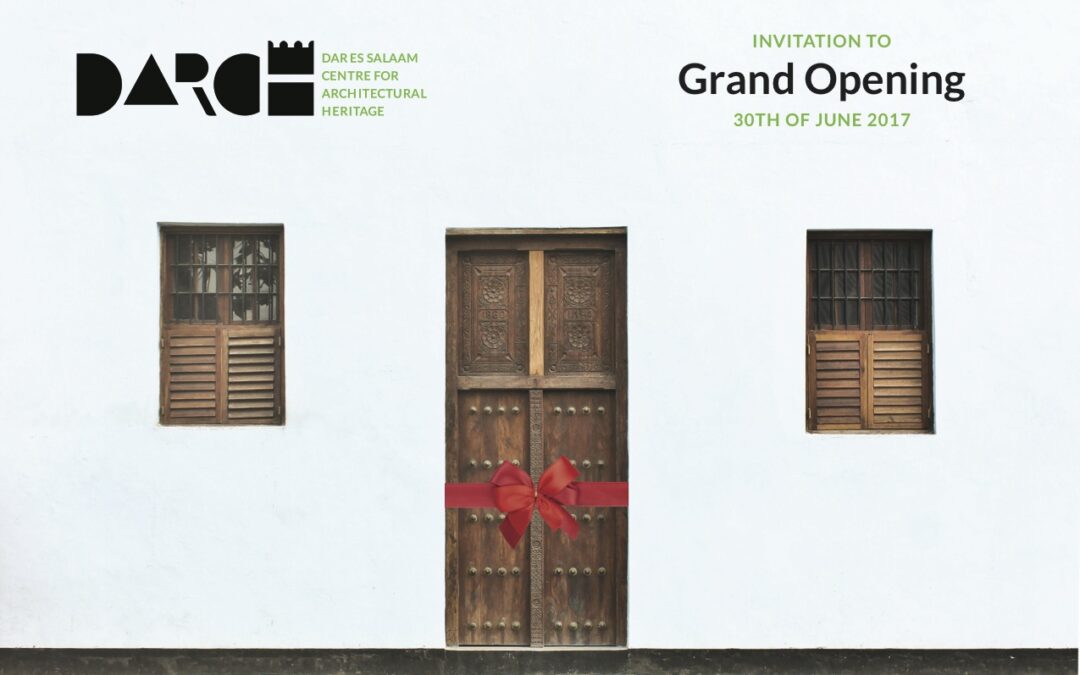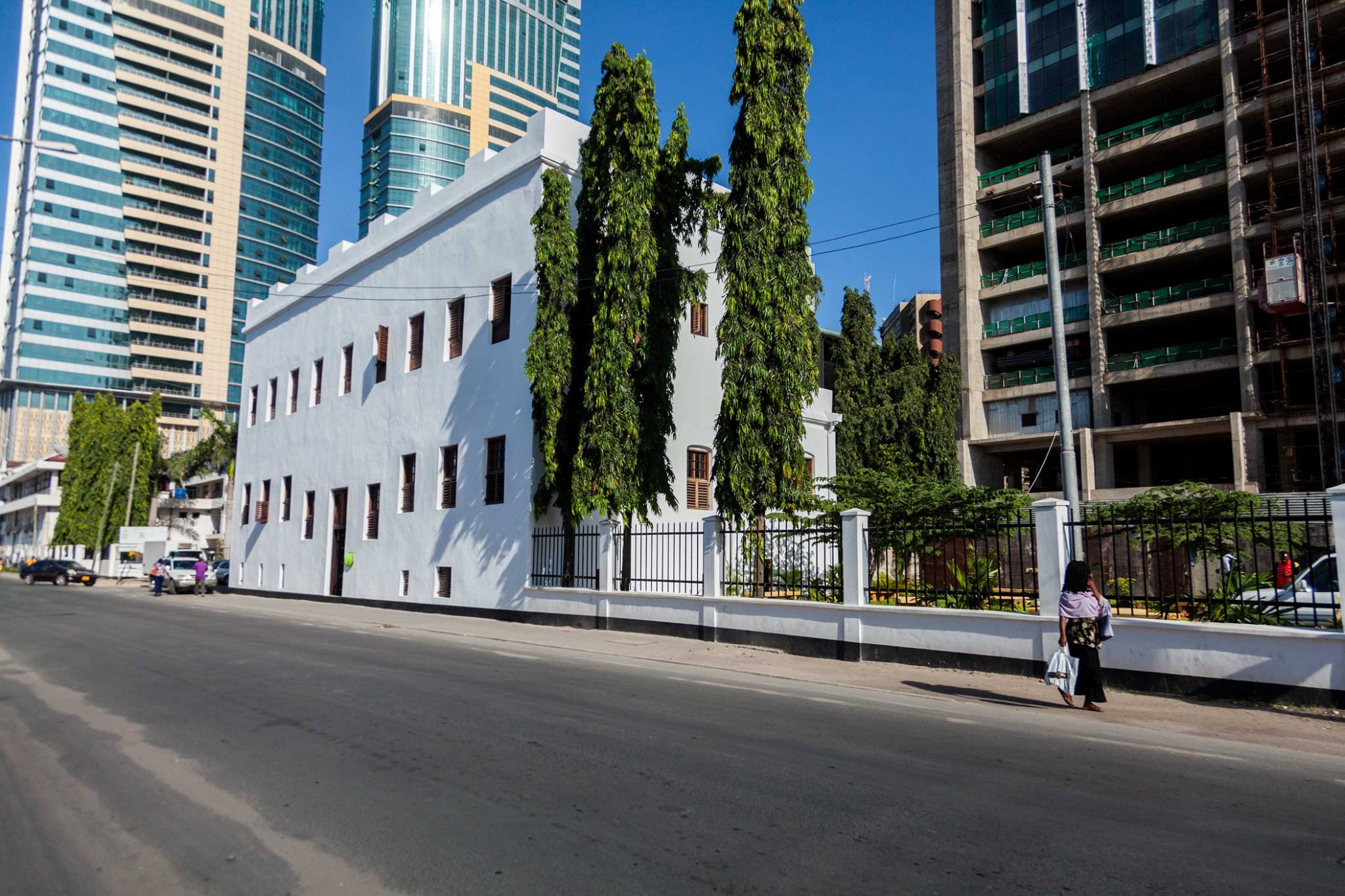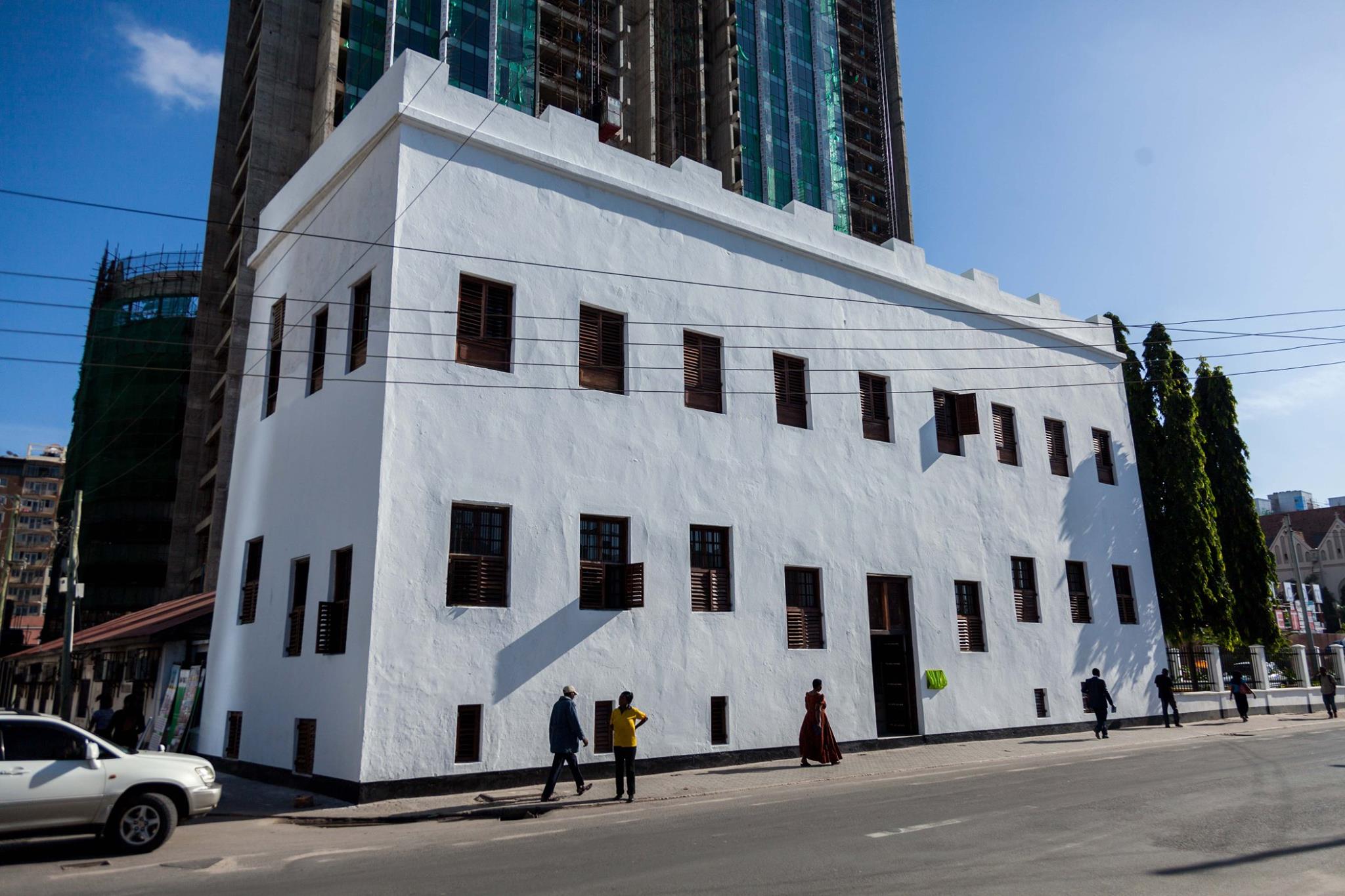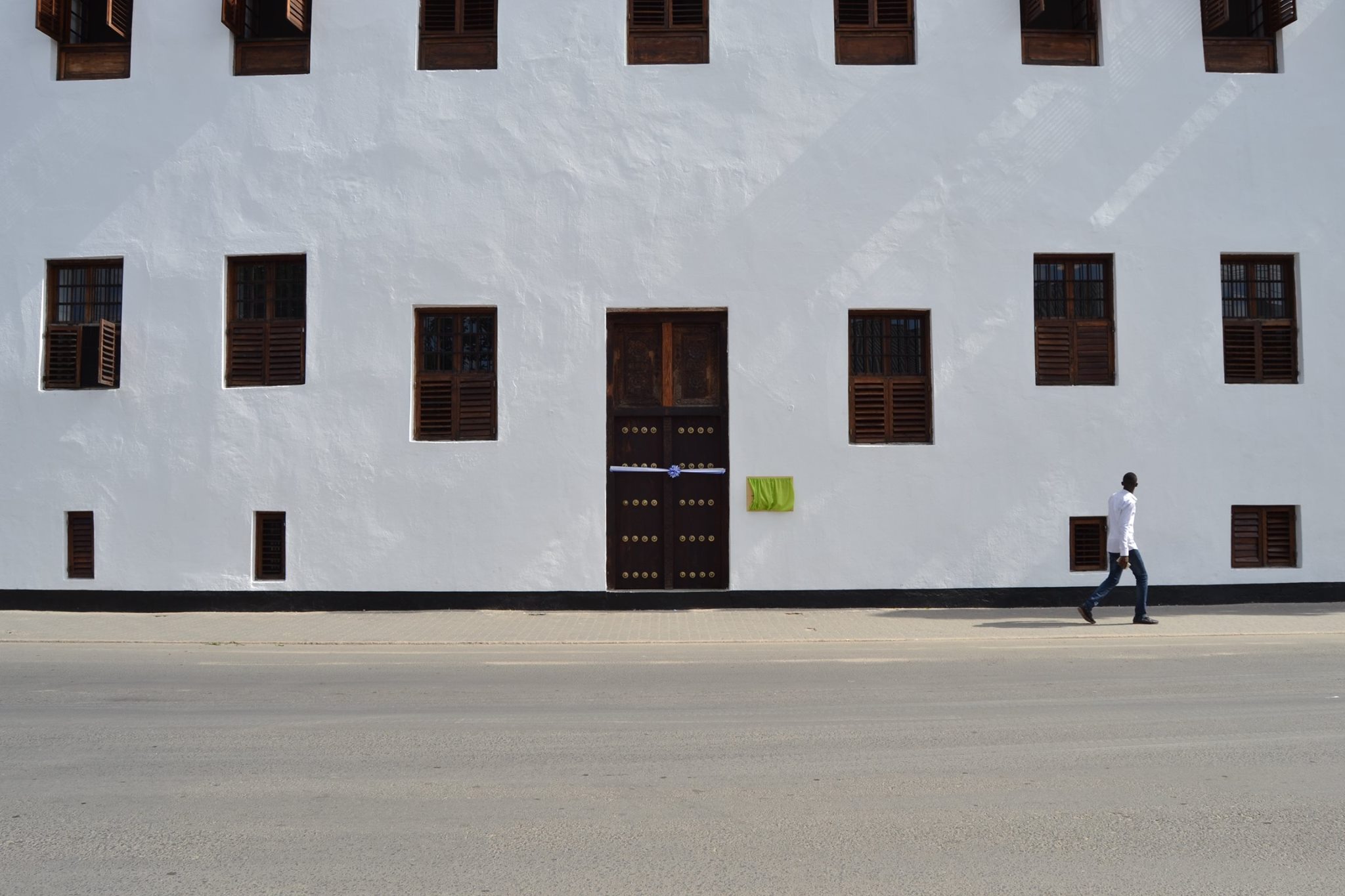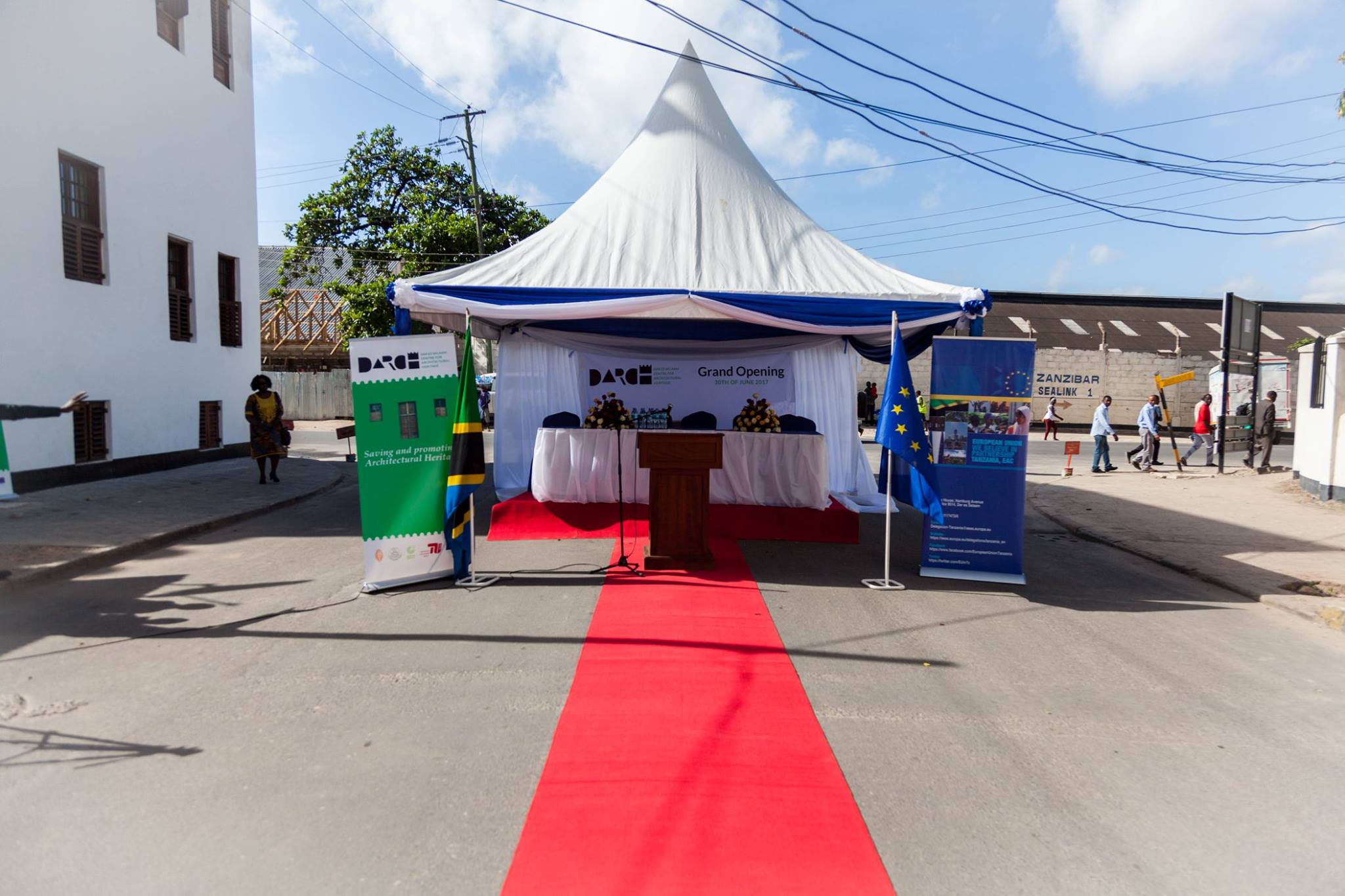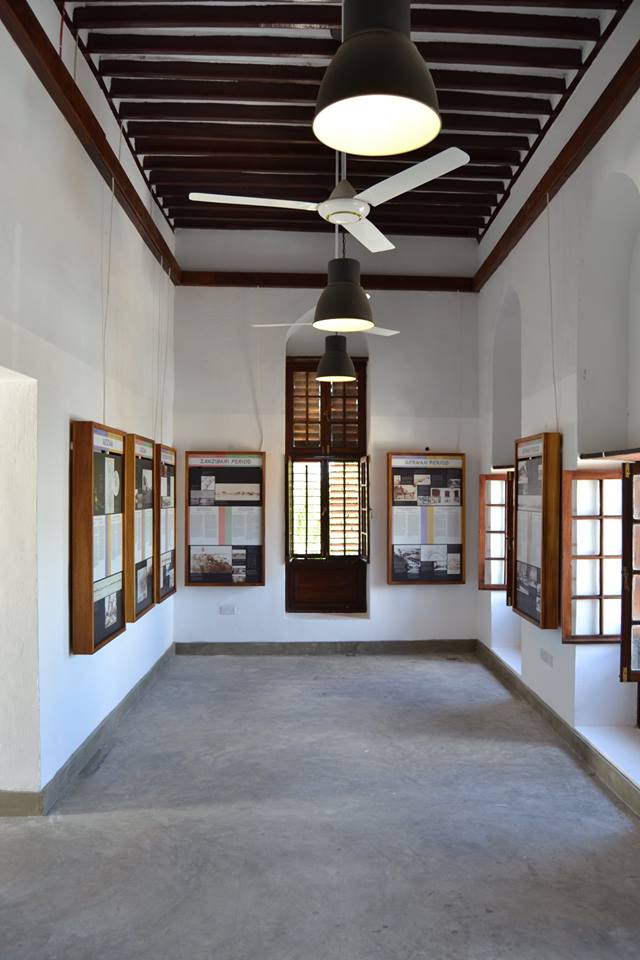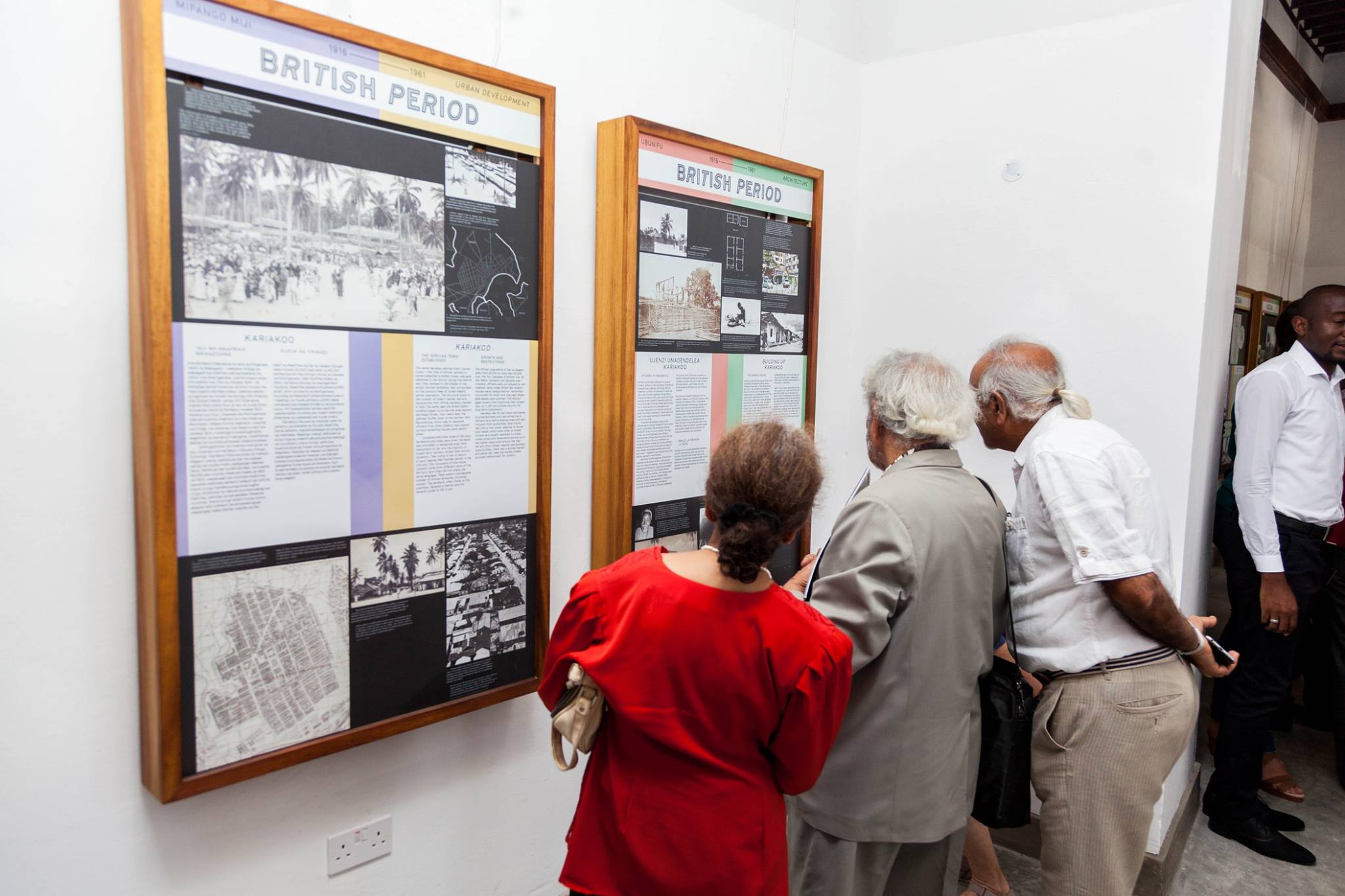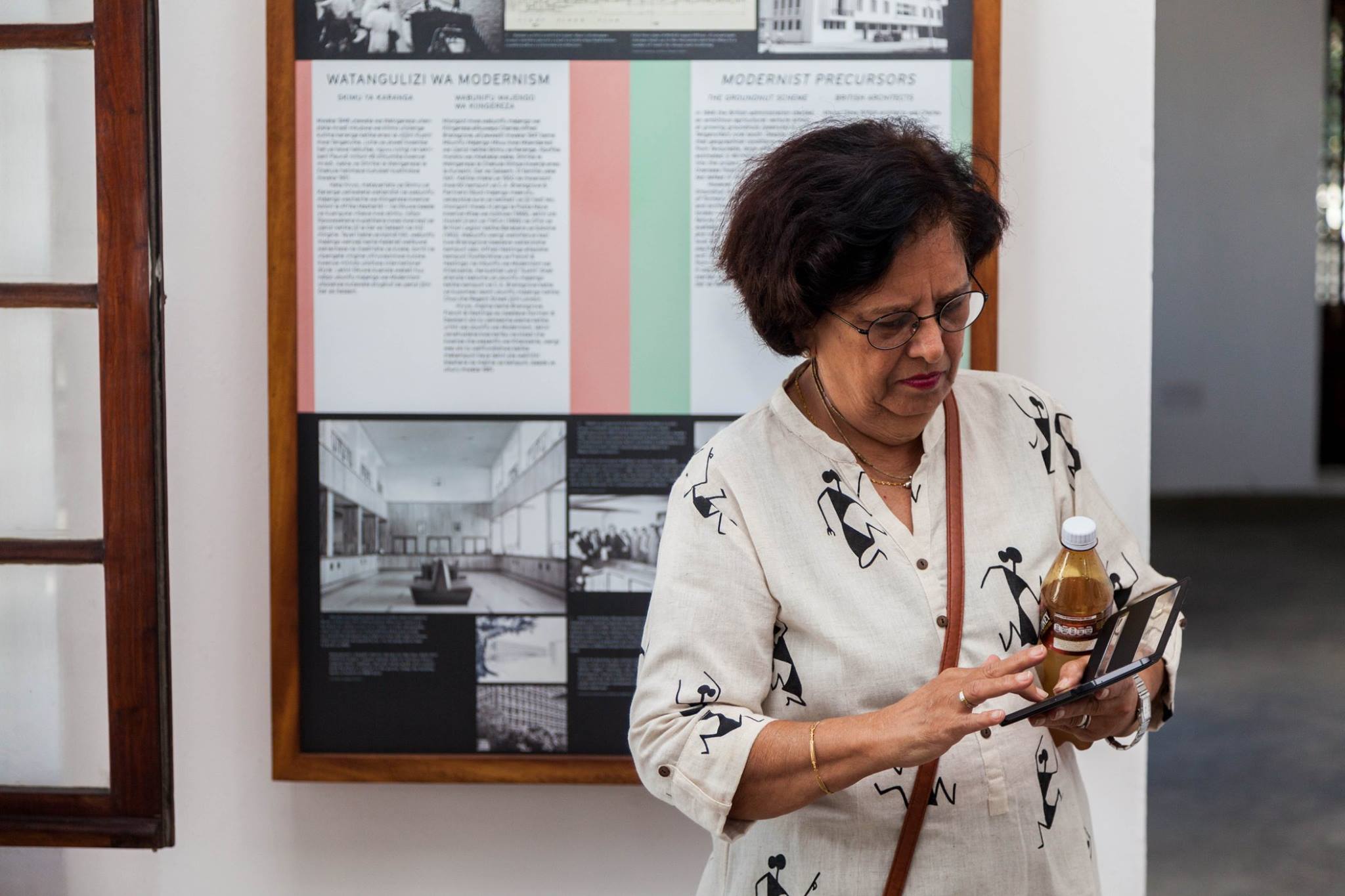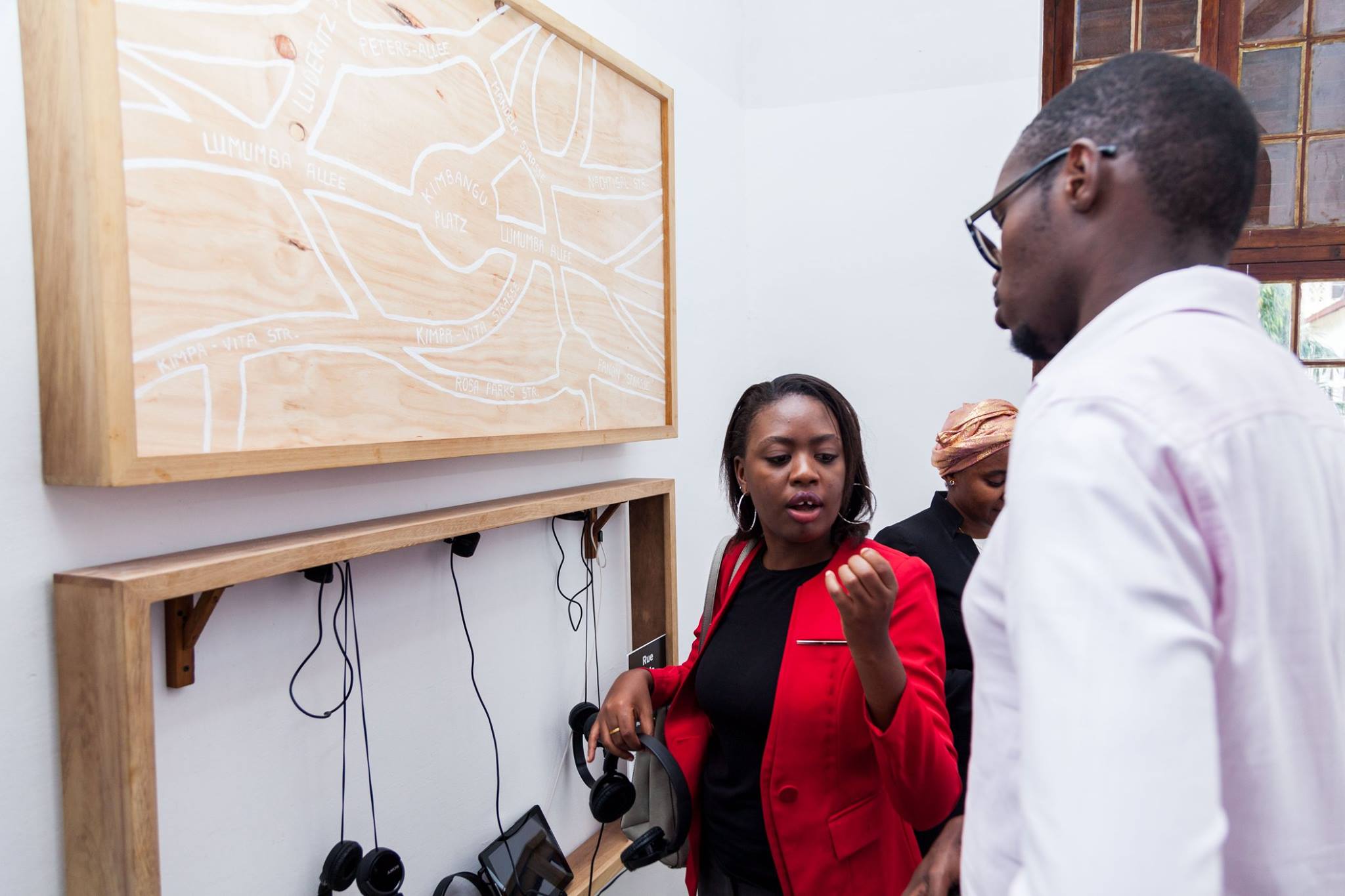After being carefully refurbished for the past 18 months, the Old Boma is opening its doors on June 30th, 2017. The launch event reunited the many different actors who have collaborated on the project: DARCH (directed by Aida Mulokozi and funded by the EU), the Architects Association of Tanzania (AAT), the city council under Mayor Charles Mwita, the Habitat Unit from TU Berlin, and many others. It is an exciting opportunity to showcase the potential of an “old building” for the city in attracting tourists, cultural actors, international organisations and other enthusiasts to come visit this completely unique place. The building itself hosts a diversity of functions: offices of DARCH and the city council, a major permanent exhibition showing the history of the city (curated by Annika Seifert and Karen Moon), and a beautiful space for temporary exhibitions, where Simulizi Mijini / Urban Narratives will be on display until October 1st.
More information: www.darchtz.org/
Photographs below by Edgar Lushaju.
Some words about the history of the Old Boma, by Annika Seifert, who initiatied the DARCH endeavour:
“The Old Boma dates back to the mid 19th century, when Sultan Majid from nearby Zanzibar recognised the potential of a vast natural harbour and founded the city as a new mainland port. With its thick coral stone walls, high mangrove beam ceilings and austere lime-washed façade, it is a typical example of an Arab architectural style introduced by the Omani Sultans who ruled Zanzibar before the European colonialists arrived and dominated the slave trade along the Swahili coast. After the Sultans abandoned the newly established town, the building was the first property to be bought and restored by the Deutsch-Ostafrikanische Gesellschaft (the German East Africa Society) who arrived in Dar es Salaam in 1887. With a defensive surrounding wall, which then included a second corner building and several smaller structures, the ensemble earned its name “Boma” (a Bantu term widely adopted by Germans in East Africa meaning “fortress”). After the German colonial administration moved into the new and more representative City Hall in 1903, the Old Boma ensemble served as a police station, embodying the colonial principle of racial segregation with three neatly separated prisons, one for Africans, one for Indians and Arabs and one for Europeans. This use continued under British colonial rule. In 1961, the new government of independent Tanzania placed various government institutions in the historical structure, among them the Antiquities Division, implying a sense of recognition of the building’s historical significance. However, the Old Boma and other historical structures were perceived by many as a painful reminder of colonialism. Consequentially, large parts of the ensemble fell victim to an early series of demolitions in Dar es Salaam in the 1970’s. Only one building remains, along with a free standing coral stone wall in the back of the compound. These were saved at the last minute thanks to a civil society intervention in 1979. Concerned activists appealed to authorities to acknowledge the building as an important reminder of the past. The Old Boma has since been listed under Tanzania’s Antiquities Act, among very few other structures countrywide. It took another 40 years (during which the Boma was used rather pragmatically as an office space) until the City Council agreed to a cooperation with DARCH to open the building to the public as a witness of Tanzania’s history – the good, the bad and the ugly. Guided by a team of Tanzanian and German experts, with experienced Zanzibari craftsmen and Indo-Tanzanian woodworkers, the entire structure underwent extensive rehabilitation works.
In 2017, DARCH launched its facilities inside the Old Boma as a centre for urban heritage and city history, open to all visitors. It is complete with a permanent exhibition on the city’s history and a space for temporary exhibits, where Simulizi Mijini / Urban Narratives collected popular visions of heritage in the form of oral and written histories. A particular focus of DARCH lies on awareness building and education: the organisation hosts forums and public events to create space for discussion, and offers walking tours through different facets of Dar es Salaam’s history. The Old Boma houses a visitors desk where information material and other publications are available. The building also boasts a rooftop café and a small curio shop, as well as office and workshop facilities, showing how such an old building can host a variety of modern functions. Reaching out to all inhabitants, visitors and friends of Dar es Salaam, the DARCH team of architects, cultural activists and researcher hope to share their knowledge about this city’s heritage and its importance for Tanzania’s future.”

